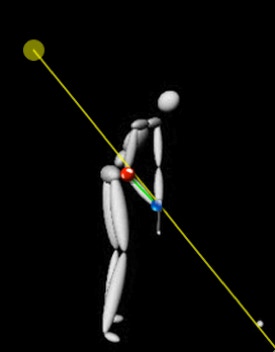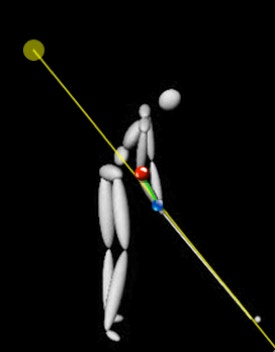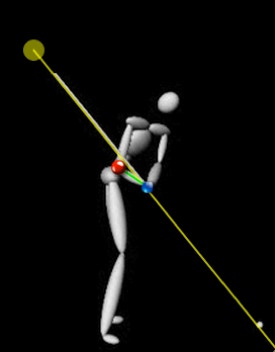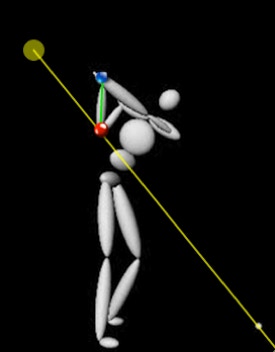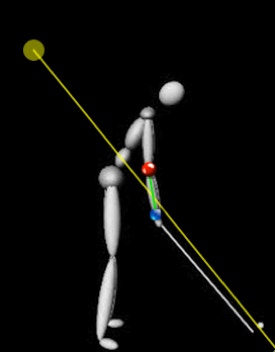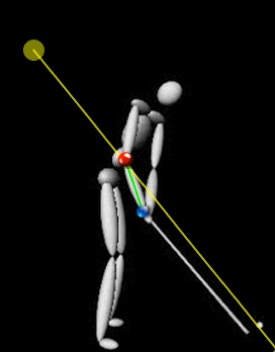Lorem ipsum dolor sit amet, consectetur adipiscing elit. Aliquam tincidunt lorem enim, eget fringilla turpis congue vitae. Phasellus aliquam nisi ut lorem vestibulum eleifend. Nulla ut arcu non nisi congue venenatis vitae ut ante. Nam iaculis sem nec ultrices dapibus. Phasellus eu ultrices turpis. Vivamus non mollis lacus, non ullamcorper nisl. Pellentesque habitant morbi tristique senectus et netus et malesuada fames ac turpis egestas. Phasellus sit amet scelerisque ipsum. Morbi nulla dolor, adipiscing non convallis rhoncus, ornare
The Hogan efficiency is apparent as we look at how he managed to get his Right Elbow on the Plane and remain On-Plane essentially until Impact. Mr. Doyle would say that the Right Elbow would get On-Plane and stay on the Plane while the hands would raise one forearm's length above the Elbow Plane to the Top. This Right Elbow geometry will help bring the hands and the Clubshaft back to the Impact Plane.
Try pointing the Clubshaft closer to the Right Elbow at Address. Starting in this higher Address location will make it easier to find the Plane on the Downswing. In addition, this higher starting position will help with a more cohesive Startup.
One more thing, the Right Shoulder is 1/4 of an inch further from the target line at Impact than it was at Address. The most important thing to appreciate here is that the Right Shoulder is NOT outward from its starting position.


